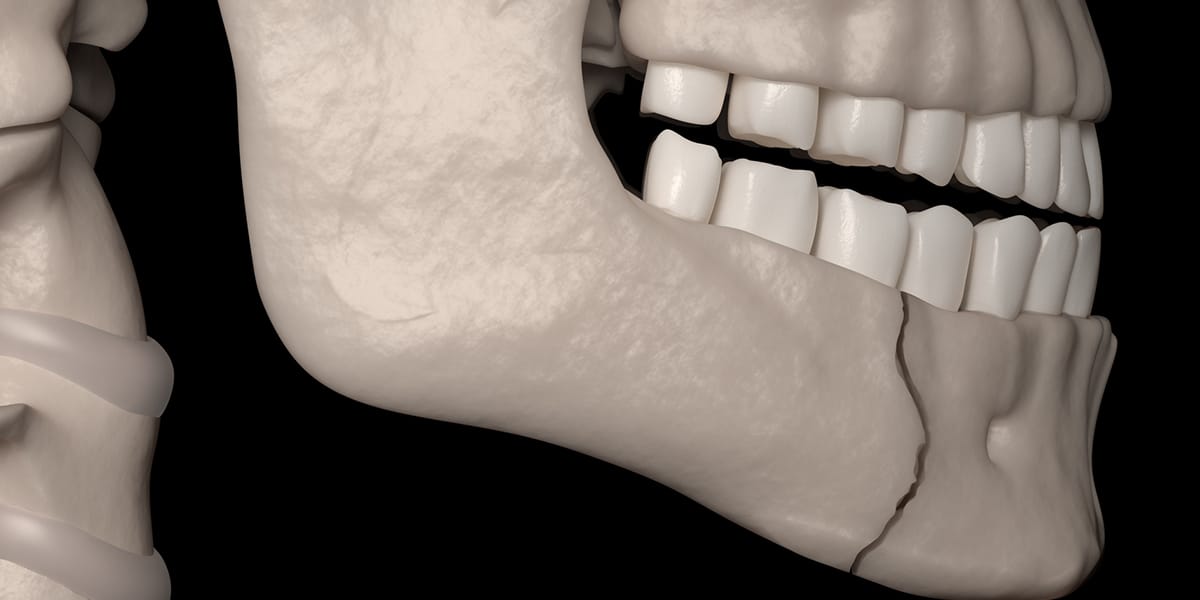Challenges in Traditional Bone Plate and Screw Design
Despite their widespread use, traditional bone plates and screws pose certain challenges that can impact patient outcomes. Implant failure, surgical complications, and long-term effects on bone health are among the concerns faced by orthopedic surgeons and patients alike. Addressing these challenges requires innovative approaches and a deep understanding of biomechanics, materials science, and surgical techniques.
Advancements in Material Science
One of the most promising areas of innovation in bone plate and screw development lies in material science. Researchers are exploring novel materials with enhanced properties such as biocompatibility, strength, and flexibility. These next-generation materials have the potential to improve implant longevity, reduce the risk of complications, and promote better integration with the surrounding bone tissue.
Bioengineering Innovations
In addition to advanced materials, bioengineering techniques are revolutionizing the design and manufacture of bone plates and screws. Customized implants produced using 3D printing technology allow for precise tailoring to each patient’s anatomy, leading to improved fit and functionality. Furthermore, the development of bioresorbable implants offers the advantage of gradual degradation over time, eliminating the need for implant removal surgeries.
Enhanced Surgical Techniques
Advancements in surgical techniques are also driving progress in orthopedic implantology. Minimally invasive approaches reduce trauma to surrounding tissues, resulting in shorter recovery times and reduced risk of complications. Computer-assisted navigation systems provide real-time feedback to surgeons during procedures, improving accuracy and precision in implant placement. Additionally, robotics and automation are increasingly being utilized to assist surgeons in complex procedures, further enhancing the safety and efficacy of bone plate and screw fixation.

Addressing Infection and Inflammation
Infection and inflammation are significant concerns following orthopedic surgery, often leading to implant failure and poor outcomes. To address these challenges, researchers are exploring various strategies such as antimicrobial coatings for implants, novel drug delivery systems, and immune-modulating implants that promote tissue healing and reduce the risk of infection. By minimizing the inflammatory response and enhancing the body’s natural healing mechanisms, these advancements have the potential to improve patient outcomes and reduce healthcare costs.
Recent Advances in Bone Plate Technology
Innovation continues to drive improvements in bone fixation:
- 3D-Printed Plates: Custom-designed plates offer patient-specific solutions, enhancing fit and function.
- Nanotechnology Applications: Surface modifications improve implant integration and reduce the risk of infection.
- Smart Implants: Implants equipped with sensors enable real-time monitoring of healing progress, optimizing patient care.
Cost Considerations and Accessibility
The cost of bone plates and screws varies depending on factors such as:
- Healthcare System Variations: Access to advanced implants may be limited in certain regions due to economic constraints or infrastructure.
- Affordability vs. Effectiveness: Balancing cost-effectiveness with clinical outcomes is essential in healthcare decision-making.
Case Studies and Clinical Outcomes
Numerous studies have demonstrated the efficacy of bone fixation techniques:
- Successful Bone Plate Applications: High rates of fracture healing and patient satisfaction are reported in clinical studies.
- Complication Management: Strategies for addressing complications, such as infection or hardware failure, contribute to improved outcomes.
Future Directions in Bone Plate and Screw Development
Researchers are exploring innovative solutions to enhance bone healing and patient outcomes:
- Biodegradable Implants: Implants that gradually degrade offer potential advantages in terms of biocompatibility and long-term outcomes.
- Wireless Monitoring Systems: Implants equipped with wireless sensors enable remote monitoring of healing progress, reducing the need for frequent clinic visits.
- Personalized Implant Design: Advances in imaging technology and computer-assisted design allow for the creation of custom implants tailored to individual patient anatomy.
Patient Education and Expectations
Educating patients about the surgical procedure and expected outcomes is essential:
- Pre-operative Counseling: Clear communication about the risks, benefits, and expectations helps patients make informed decisions.
- Rehabilitation Process: Guidance on post-operative rehabilitation and activity modification promotes successful recovery and long-term function.
Conclusion
Bone plates and screws play a vital role in orthopedic surgery, providing stability and support for fracture healing and bone reconstruction. Advances in technology continue to improve implant design and surgical techniques, offering patients better outcomes and faster recovery. With ongoing research and innovation, the future of bone fixation holds promise for personalized, patient-centric care.
